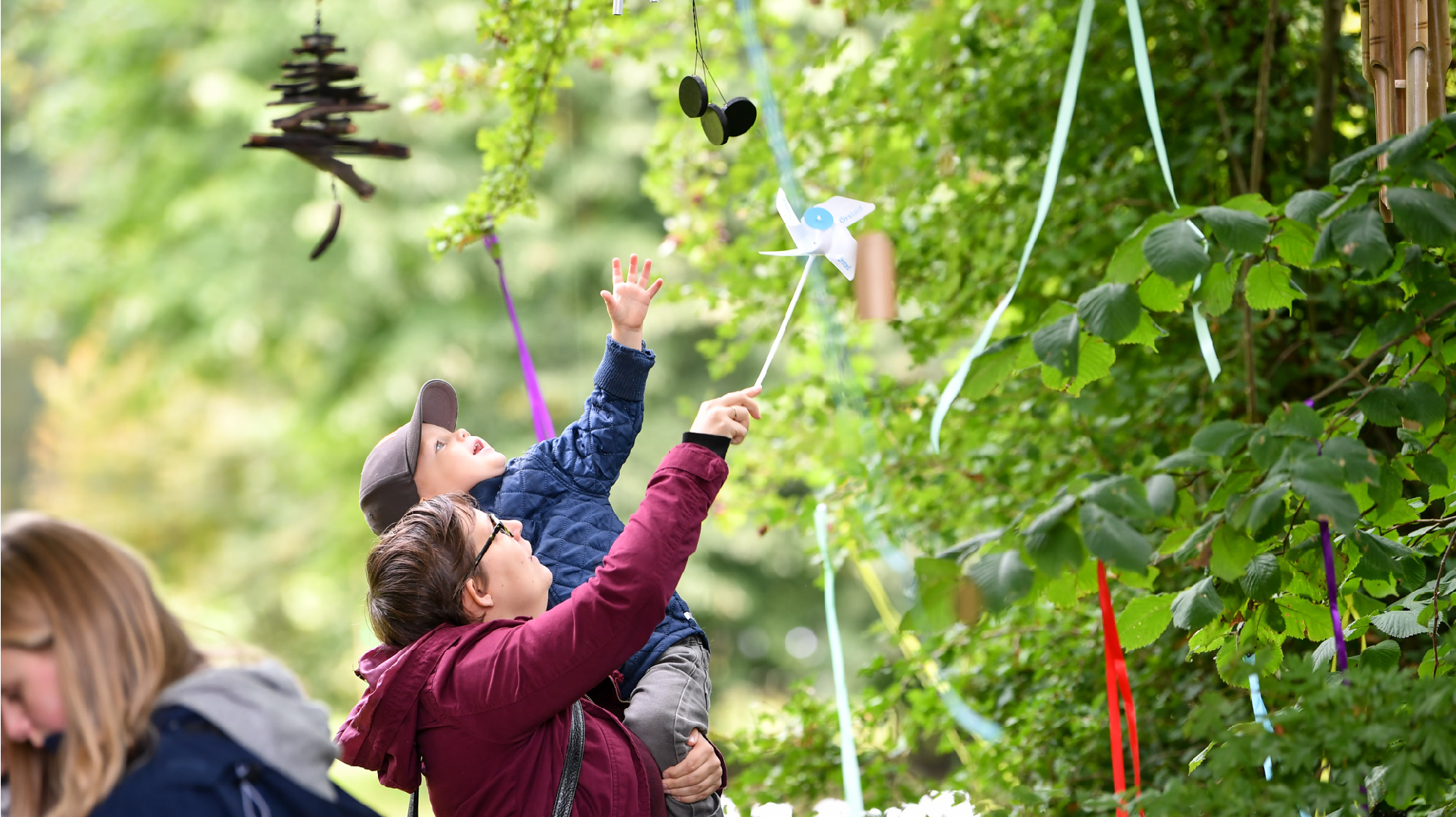In today's rapidly evolving digital landscape, the way we engage with customers and attendees at events has undergone a profound transformation. Elevating events through digital customer experiences has become not just important, but essential for success.
Throughout this blog series, we'll dive deep into the primary trends shaping digital experiences, customer flows, and engagements in 2024.
We begin with this overall introduction, setting the stage for the journey ahead.
In our upcoming posts, we'll deep dive more specifically into the trends and provide actionable insights that you can implement right away.
Reach your customers before, during, after – and beyond events
Many businesses today still view their online presence as merely complementary to physical events, rather than recognizing its equal importance. The convergence of the digital and physical journey demands that companies prioritize online experiences to meet the customer expectations of today.
Every interaction – every click, swipe, and scroll – molds the customer's perception, a power that can either fortify or jeopardize your brand.
Thriving in this arena demands a robust digital infrastructure capable of delivering mind-blowing experiences to customers across their online platforms. This means using new technology to make sure customers' experiences are smooth and secure, while also using data and AI to create personalized interactions that leave a lasting impression on your audience – long after your event is over.
Data-Driven Decision Making
Let's start with the superhero of modern marketing, on your way to a seamless omnichannel experience: first-party data. In an era where privacy concerns and third-party data are hard to pin down, first-party data swoops in to save the day. By thoroughly exploring customer interactions and gaining valuable insights, it will reveal the deepest desires and habits of your customers, allowing you to craft experiences so personalized that they feel like they were tailored for each individual. That’s also were AI come in handy to help you create personalized experiences for your customers, based on their inputs to drive data decision making.
Take, for instance, the world's leading ticketing platforms, which have bid farewell to traditional PDF tickets. Instead, tickets are exclusively available via an app, conveniently purchased with a simple swipe through Apple Pay. This feature allows them to enable personalized experiences and fostering collaboration with physical venues. By owning customer data and experiences, these platforms optimize operations and drive mutual growth through strategic partnerships. E.g. from queue management to engagement opportunities, leveraging data driven decision making.
But wait, there’s more!
Mandatory Accessibility for all
Beyond customer preferences, ensuring accessibility for all is no longer a choice but a legal mandate. The forthcoming implementation of the European Accessibility Act (EAA)[1] underlines the importance of inclusive digital experiences. Businesses must design resilient, nimble, and innovative customer journeys that cater to diverse needs. This legislation mandates that digital services and products must be accessible to all, including those with disabilities.
In the future, human-centric design will become a standard. And by “the future”, we mean as soon as next year. This brings us to our next point, emphasizing the importance of prioritizing the improvement of customer experiences.
[1] https://www.w3.org/TR/WCAG21/
Adapting to rapid technological advancements
Technological advancements and legal requirements progress rapidly, often at an exponential rate, while organizational changes tend to occur more slowly, following a logarithmic progression. In other words, technology evolves quickly and dramatically, whereas organizational changes, such as implementing new technologies strategies or adapting to technological advancements happens at a slower pace and incremental. Therefore, management must be deliberate in selecting which technological changes to adopt to. In conclusion, in the dynamic digital landscape of 2024, prioritizing first-party data, adhering to accessibility standards, and implementing seamless digital customer journeys are imperative for success in the meeting with the brand. By embracing these principles, businesses can enhance customer experiences, demonstrate commitment to inclusivity, and elevate the event experiences.
How to begin this journey ?
Is your event seeking to enhance its digital customer journey?
Reach out to gain more insights and guidance on where to begin, what to do and how to elevate your physical event through digital costumer experiences.

Maria K. Lotze-Olsen
Digital Strategy Manager & Designer
mlo@ps-com.dk
LinkedIn






